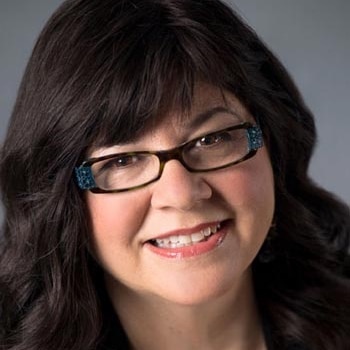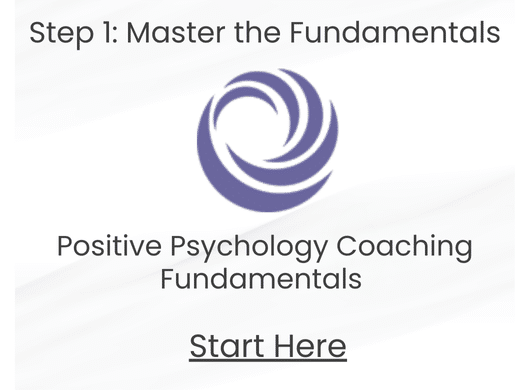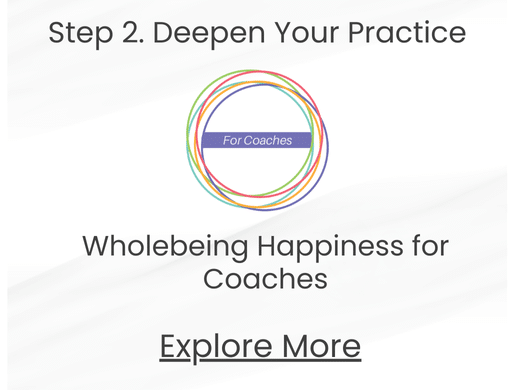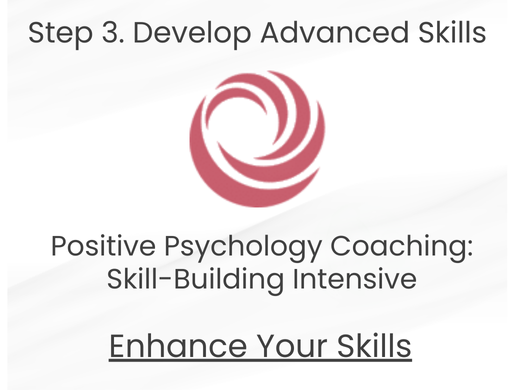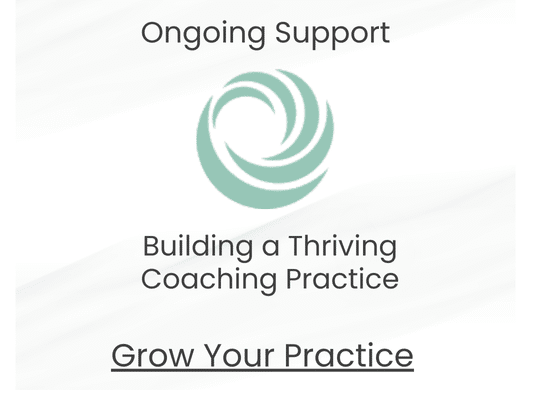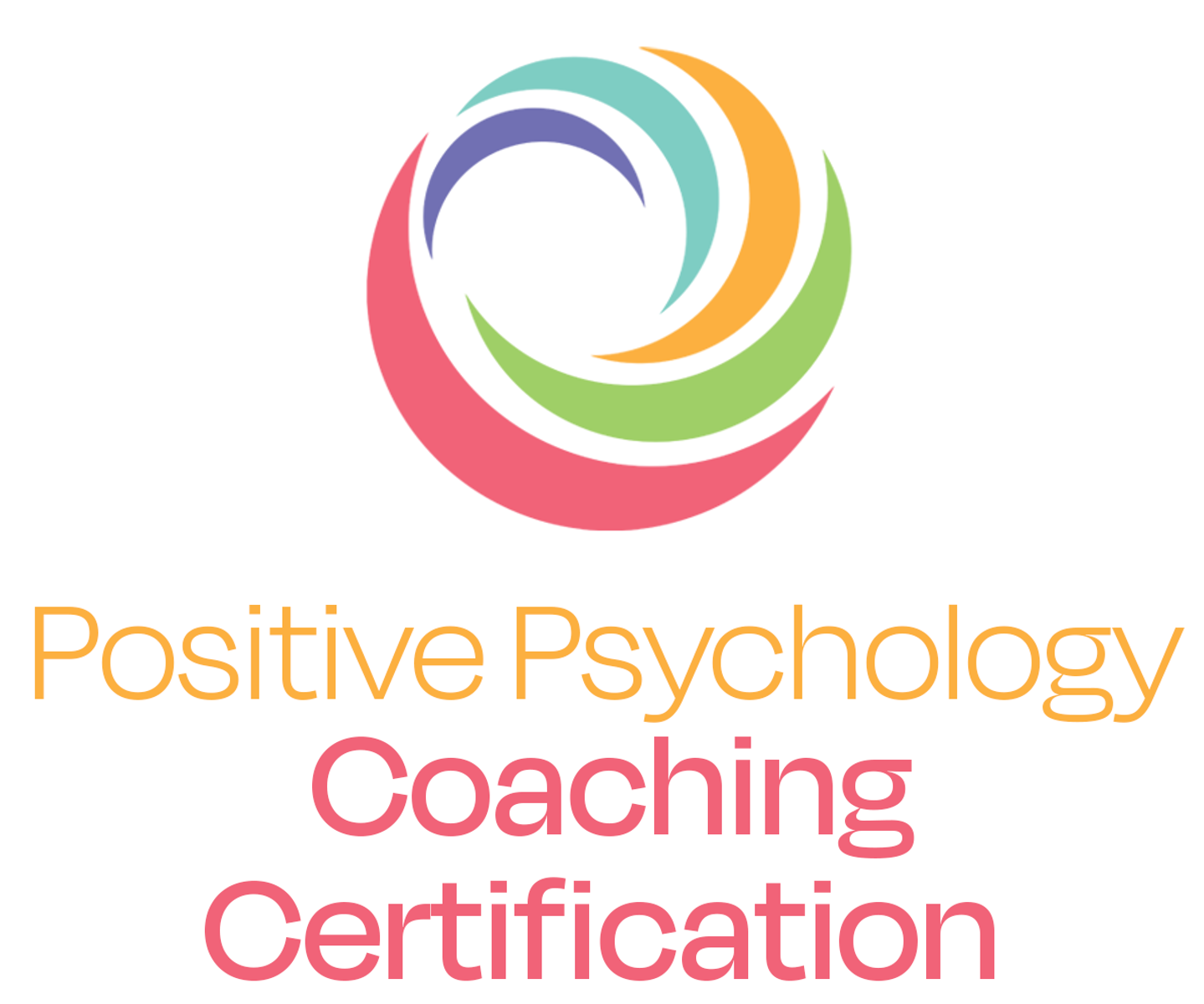by Hanna Perlberger
In her writing, Hanna Perlberger, author of A Year of Sacred Moments: The Soul Seeker’s Guide to Inspired Living, blends Torah, ancient Jewish wisdom, positive psychology principles, and the insight of contemporary thought leaders.
“What we do see depends mainly on what we look for.
In the same field the farmer will notice the crop,
the geologists the fossils, botanists the flowers,
artists the coloring, sportsmen the cover for the game.
Though we may all look at the same things,
it does not all follow that we should see them.”
—John Lubbock
There’s a saying: “You can talk about politics and religion. Or you can have friends.” How many gatherings end on a sour note, and how many conversations end with hurt feelings when we turn to these subjects? It’s frightening how quickly a discussion can go from civil to caustic, each side usually advocating a one-dimensional version of reality as the uncontroverted truth.
Perception has come to be synonymous with reality, but perception depends less on what we see than who we are. Says Robertson Davies, “The eye sees only what the mind is prepared to comprehend.” Basically, what we see when we look is a choice, in that we see what we’re looking for.
Perception Bias
A few years ago, Joshua Bell, a world-class violinist, tested the theory of perception bias. Playing some of the most sublime music ever composed, on a violin worth several million dollars, Bell played in front of thousands of streaming commuters, who didn’t even spare him a glance. Curious toddlers—not yet permeated with perception bias—who wanted to stop and listen, were yanked along by impatient parents, who were not interested in a subway musician. I wonder if any of those who walked on by were among the concertgoers who paid a hundred bucks or more to hear Bell perform that very evening.
Our brains process billions of bits of information per second, yet we can only consciously address a few dozen of them. Our brains choose which infinitesimal sliver—out of all the possible reality to look at—and then our bias tells us how to interpret that sliver. It’s all a choice, believe it or not. Thus, our perceptions are biased. But that’s not necessarily a bad thing.
The Torah portion, “Re’eh,” which means “See,” tells us to look at the choices before us, to see life and death, blessings and curses—and to choose life. “See, I have set before you today life and good, death and evil … blessing and curse. Therefore, choose life, that you and your offspring may live.”
Well, that’s pretty easy, isn’t it? I think anyone can get that one right. But just to make sure, we are told which choice to make, in case we lack in the clarity department. If we need to be directed to make the “obvious” choice, is it possible that the choice is not obvious? Maybe we don’t see things as clearly as we think we do. Or do we intentionally obfuscate? We must not be so sure what we are seeing—or else why do we need to be told which is the better choice?
Making Perception Bias Work for You
No one is without perception bias—the question is how we can make that work for us instead of against us. The answer is that it’s a choice we make.
Do you want to find something to criticize in a person? You will. Do you want to find the negative in a situation? You will. Thoreau said that a fault-finder will find fault—even in paradise. You want to see the good in a person or a situation? You will. Do you wish you could see your life as filled with blessings and not curses? You can. Here are three exercises for shifting perception bias toward the positive.
1.
Write down five things you don’t like about yourself. Be honest and blunt. Now, right next to those, rewrite those very five things into something positive. This is not about finding five different things you do like, but about liking the five things you don’t like (i.e., “I hate my body” versus “My body has carried and birthed my children and given them life.”).
2.
Being that we see what we are looking for, what are some things you want to be seeing in your life? Are you looking in the right places for them? Are you looking with the right eyes to find them? Why or why not? What can you do differently?
3.
Do others see you the way you want to be seen? What can you do differently so that, when people look at you, they see your beauty and the amazing person you truly are?
Hanna Perlberger, a graduate of CiPP, is an author, attorney, spiritual teacher, and coach. She speaks to people from all walks of life and helps them in their search for greater happiness, meaning. and spiritual engagement. Hanna’s newly released book, “A Year of Sacred Moments: The Soul Seeker’s Guide to Inspired Living,” guides readers through an interactive journey of ancient Jewish wisdom and positive psychology. For more information or to subscribe to her weekly blog, please visit ayearofsacredmoments.com


